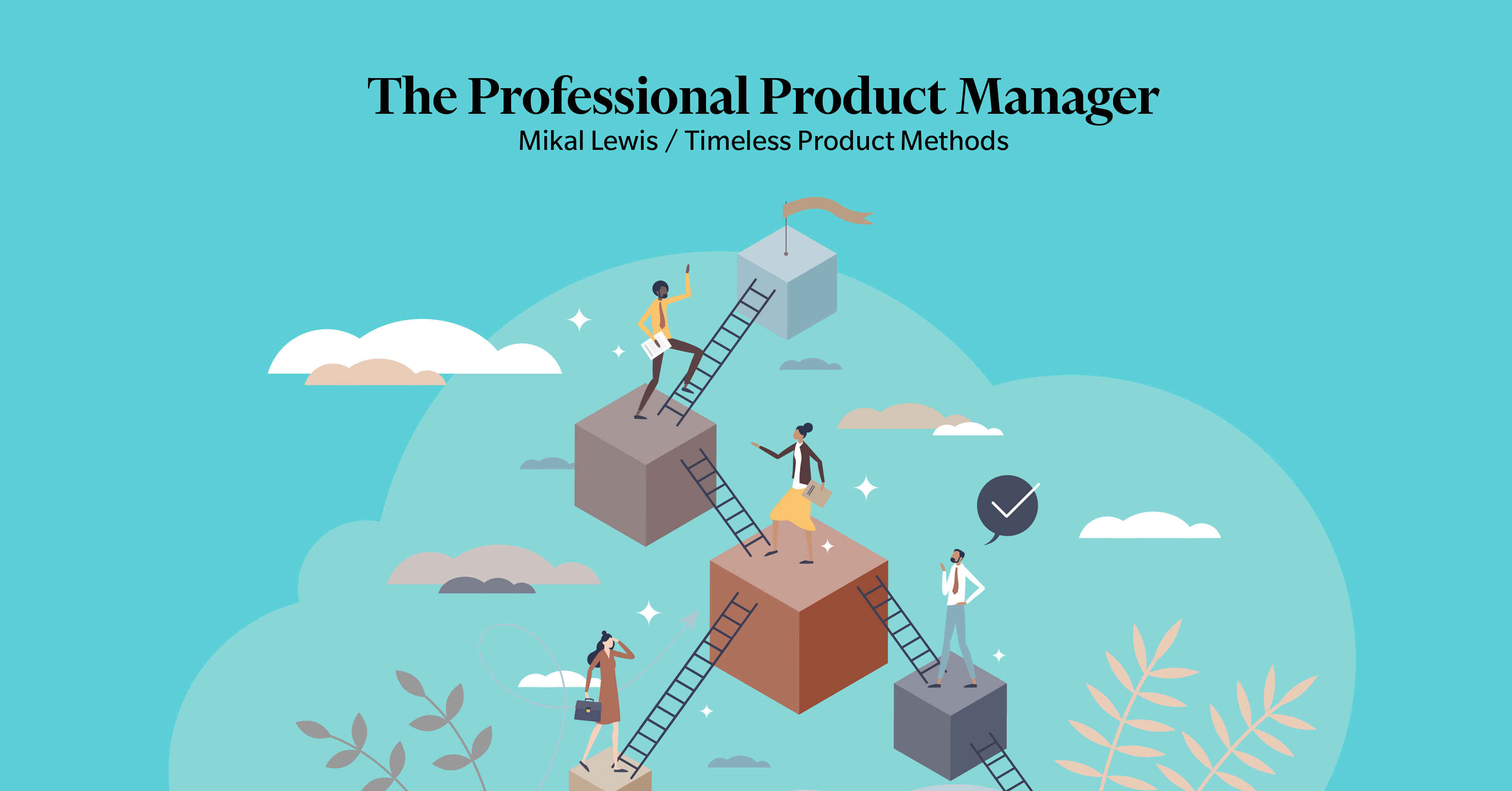Don’t pursue quick-wins. Instead, find wins on the journey.
This is an accompanying post to an episode of The Product Coach Podcast. The episode, “Great Products come from ‘Product Teams’”, is a part of the How to Build a Product Team series.
Let’s say you’re interviewing someone, and you ask what motivates you, and in response they say “I’m always looking for a quick buck?”
As a hiring manager, whats your instinct? If we’re honest, it’s most likely to run for cover.
We know instinctively that anyone who is out for a quick buck is viewing the world through a transactional, one-sided lens—”what can I get from you now?” Often to the detriment or indifference of others.
However as product managers, if you replace “buck” with “win.” It suddenly becomes accepted as not only common, but a sound strategy. And this is a problem.
These two are a tautology, but we don’t recognize them as the same thing:
“What we need to do is identify some quick wins.”
“We’re going to get together and identify some quick wins we can implement now.”
They might even draw out the four-box matrix. Level of effort on the X access. Impact on the Y access. Everyone is looking for the top left quadrant.
What kind of product leader advocates against pursuing low effort and high impact opportunities?
I do.
Prioritizing low-effort/high-impact work is not a product strategy. It’s sending your product team to hunt for pennies in the mall’s wishing well because opening up an online business is too high an effort.
It’s clear once you think about what a “quick win” is.
A quick win is an approach that borrows against previously created value. When you pursue a quick win, you’re taking an existing asset and leveraging it in search of immediate gain. By its nature, quick wins aren’t about creating new assets but leveraging existing ones.
If you were at Groupon a decade ago–the quick win was increasing email sends. Someone else already established the business model and infrastructure, leaving you the “quick win” to increase sales by increasing send size.
Setting up a business takes a lot of work, and it is hard. It certainly wasn’t quick. So any “win”—is because someone has already done the high effort and high impact work. A quick win is saying—“how can we better exploit what our past selves built?”
The problem is if you’re looking to build sustainable double-digit growth—you don’t have time to send your team looking for quick wins. It’s big wins that bring sustained business results.
Quick-wins as a strategy assumes the only thing between you and breakout growth is an optimized version of your existing product. And that by glomming on a bunch of disparate low effort features, you’ll end up with something greater than the sum of its parts.
But the reality is, most of the time, “quick wins” are neither quick nor wins.
Quick has a cost.
Doing the low effort thing as a strategy impedes you from discussing “what is the right thing?”. Nothing puts your business in danger faster than waiting for the important to become urgent.
Most quick win exercises also come with accompanying business modeling, prioritization, and technical due diligence. All the time, the discussion about where you should go is at best delayed, and at worst, ignored.
And given the emphasis on quick, you’re most likely to discard a win or an insight prematurely because it didn’t deliver the immediate returns.
Only time can declare a “win”
Let’s rewind time. It’s 2009; you are at BlackBerry. You’re still showing year over year growth—and if you could just get your OS team to ship this quick win—you’ll land this big deal. What was a success in 2009—looked a lot like a loss when BlackBerry hit 0 market share five years later.
As a product leader, if you’re not delivering breakout growth in a growing category, you have to assume you’re facing an existential crisis. Your job is to design a category that is uniquely attractive and to build a product that can win that category. That’s it. All breakout growth comes from these two factors.
So you’ve got to decide quick wins or wins on the journey.
Instead of quick-wins, find “wins on the journey”
A product team needs a clear vision of where it’s headed. What is the future state you are designing for—and what product does that future state need. When Netflix pivoted from DVDs to streaming, it was defining a category that did not exist.
They managed for growth and found wins on the journey (including price increases to align with the increased value).
Similarly, product leaders need to set a destination and get to it as fast as possible while accumulating as many wins on the journey as you.
At each stage, you’re truth-seeking—is this category as big as we’ve imagined? Is our product the best representation of this category?
If not.
Take no solace in the pursuit of the quick win.
It’s like the siren’s call in the Odyssey. It sounds sweet–but it’s a treacherous detour on an already arduous journey.
Instead, build the muscle to identify and develop new opportunities you see each day.




Leave a Reply